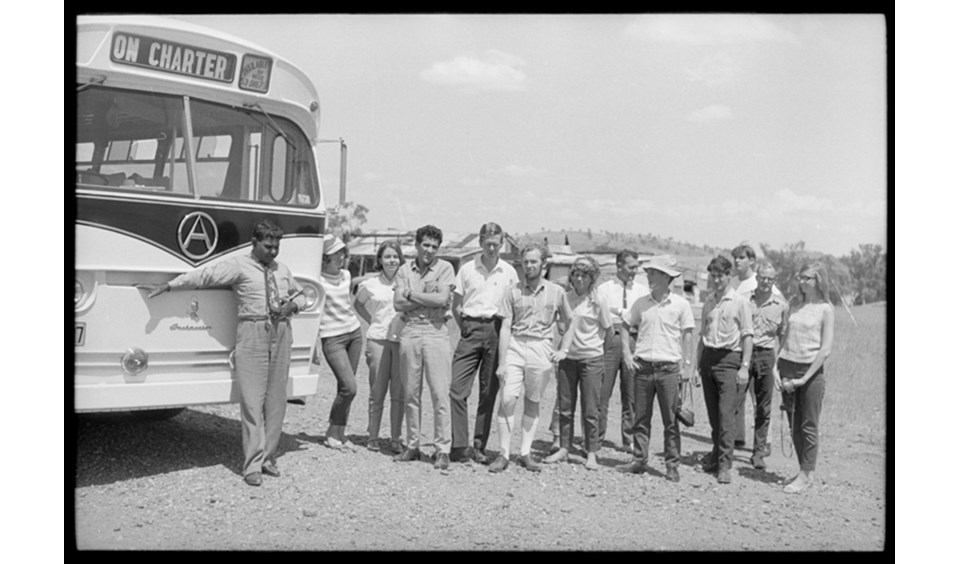

Through the Gundjeihmi Aboriginal Corporation, the Mirarr held the right of veto over all aspects of the work and were involved in the excavation through a process of constant and respectful communication.


It lies on the lands of the Mirarr people, who were supportive of the archaeological work on their country. It is no more than a slight overhang: a decorated rock wall leaning out from the Arnhem Land escarpment, the last reach of the plateau before the landscape gives way to wet, scrubby plains. The site at the heart of the latest finds, Madjedbebe (formerly Malakunanja II), has been part of archaeological conversations for over forty years. But it is not, as one journalist declared last week, “so old it rewrite everything about the continent’s human history” nor is it, as dozens of reports have asserted in their headlines, “evidence of Aboriginal habitation up to 80,000 years ago.” Such overstatements come from an unhelpful view that older is better they diminish the site by emphasising numbers and dates rather than the deep and dynamic history they reveal. And last week, in a landmark Nature paper, it was pushed back to 65,000 years.ĭating the earliest human occupation at 65,000 years ago is a dramatic step, and it throws up questions that are not easily resolved. It is a complex, contoured and ongoing history of human endurance and achievement in the face of great social, environmental and climatic change. It is a story that has emerged from rock shelters and shell middens, art sites and urban spaces, archives and laboratories, lore and local knowledge. Over the past sixty years, the field of Australian archaeology, led by the likes of John Mulvaney, Isabel McBryde and Rhys Jones, has dramatically enlarged our understanding of Australian history. They were regarded as “primitive” - a fossilised stage in human evolution - but not necessarily ancient.

In the 1950s it was widely believed that the first Australians had arrived on this continent only a few thousand years earlier.


 0 kommentar(er)
0 kommentar(er)
